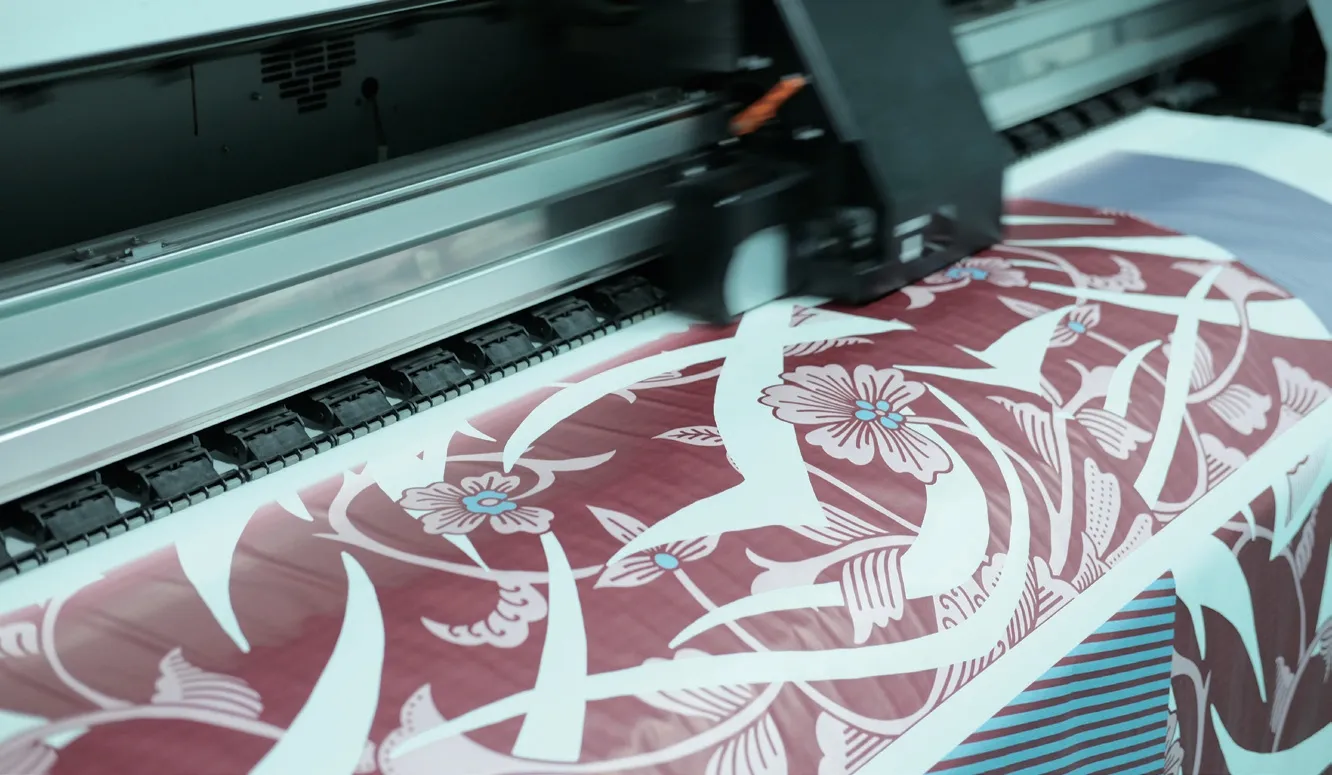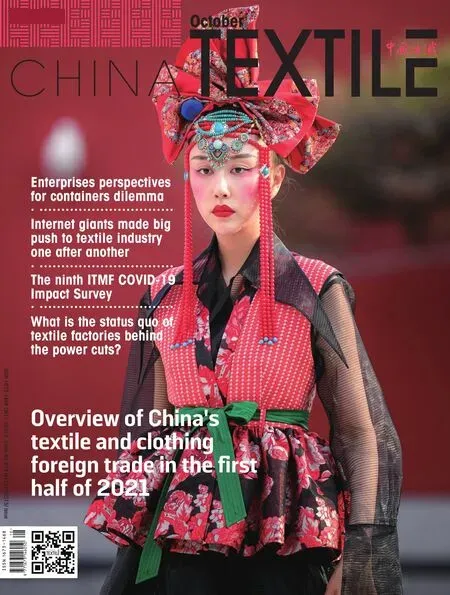What is the status quo of textile factories behind the power cuts?
Edited by Zhao Xinhua

Keqiao District, located in Shaoxing City, Zhejiang Province, is the largest concentration of dyeing and printing textile industry in Asia, with nearly 200 dyeing and printing factories, accounting for nearly 40 percent of the country’s production capacity. “Dyeing and Printing Town” has recently cut power and stopped production, which has had a significant impact on the entire dyeing and printing textile industry chain. What is the status of the dyeing and printing factories and textile factories?
Dyeing and printing factories in many places have been shut down due to power cuts, and the operating rate of textile factories is less than 50 percent
It is understood that since September 22, nearly 200 dyeing and printing factories in Keqiao District have had power rationing until the end of September. Dyeing and printing factory is the intermediate link connecting upstream textile factory and downstream garment factory. Theerefore, power rationing of dyeing and printing plants will directly affect the delivery schedule of upstream textile mills and downstream traders.
On the one hand, it is facing production restrictions and unable to fulfill orders; on the other hand, the cost pressure of textile mills is also continuing to rise. Since the beginning of this year, ocean freight has skyrocketed, and the transportation cost of overseas orders increased. Meanwhile, due to the rapid growth of production capacity in the domestic textile industry, the demand for raw materials has grown rapidly, causing the raw materials in short supply, and the prices continue to rise. In fact, not only Shaoxing, Zhejiang, but also many regions across the country are currently implementing measures to limit power and production and energy conservation and emission reduction. Most dyeing and printing factories and textile factories are facing the dilemma of stopping production to varying degrees.
The dyeing and printing textile industry has overcapacity, and the inventory has fallen under the production restriction policy
Since last year, due to the overseas pandemic, a large number of foreign textile orders have returned. Thee domestic dyeing and printing textile industry has rapidly expanded its production capacity. At present, it has overcapacity and high inventory. Recently, because dyeing and printing mills and textile mills have limited power and production, the production capacity of these textile mills has decreased, and inventories have begun to fall from high levels.
It is understood that the textile industry has been oversupplied for a long time, because of the recent rapid rise in raw material costs and the improvement of supply and demand, sales prices have also started to rise slightly. Because the cost of upstream is also increasing, the cost of dyeing and weaving will also increase, so the overall cost will rise, and the selling price will also be adjusted.
In fact, since last year, the prices of raw materials for textiles have started to rise rapidly. From last June to September this year, the price of cotton rose by more than 50 percent, and the price of some chemical fiber rose by more than 60 percent. Price increases for these raw materials have been tapering off recently because of limited capacity and reduced demand from textile mills.
- China Textile的其它文章
- Overview of China's textile and clothing foreign trade in the first half of 2021
- Pandemic prevention materials exported fell rapidly
- Ministry of Commerce: China's foreign trade may encounter huge pressure next year
- Enterprises perspectives for containers dilemma
- Internet giants made big push to textile industry one after another
- Changes in China’s sportswear industry

